Cecropia leaf on top of lobster claw petals, Mexico
© Gerry Ellis/Minden Picture
Unbe-leaf-able. Cecropia leaf and lobster claw petals in Mexico
Your eyes might be drawn to the large, silver-bluish leaf in today’s photo, but there’s more to this colourful display. We’re on the floor of a Mexican rainforest to examine a large Cecropia leaf and some lobster claw petals. There are roughly 50 species of Cecropia trees, all of which grow fast - by tree standards anyway. On average, they’ll climb about 2.5ft per year and under perfect conditions can grow as much as 10ft (3m) in that time, eventually reaching around 60ft (18m) tall.
Cecropias are very popular with animals like sloths, monkeys and toucans for their fruit and leaves – and many species have a symbiotic relationship with Azteca ants. The Cecropias provide shelter and food for the ants, which, in turn, defend the trees from plant-eating predators.
The other striking leaves here are cup-shaped flower petals of the lobster claw, or what botanists call the Heliconia rostrata. Often cultivated as an ornamental plant for tropical gardens, many gardeners love the Heliconia because its plentiful nectar draws hummingbirds to its downward-facing flowers. Those same flowers have special recognition in Bolivia as ‘patujú,’ the national flower, which appears on one of the country’s flags.
Related Images
Bing Today Images

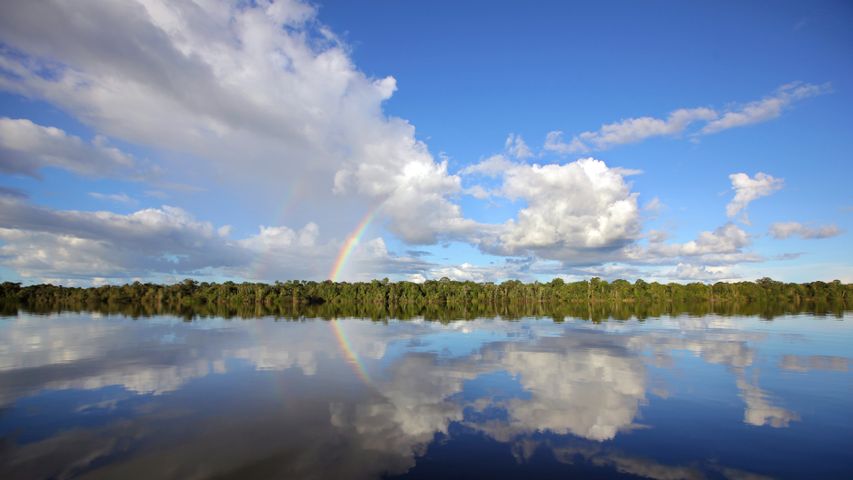
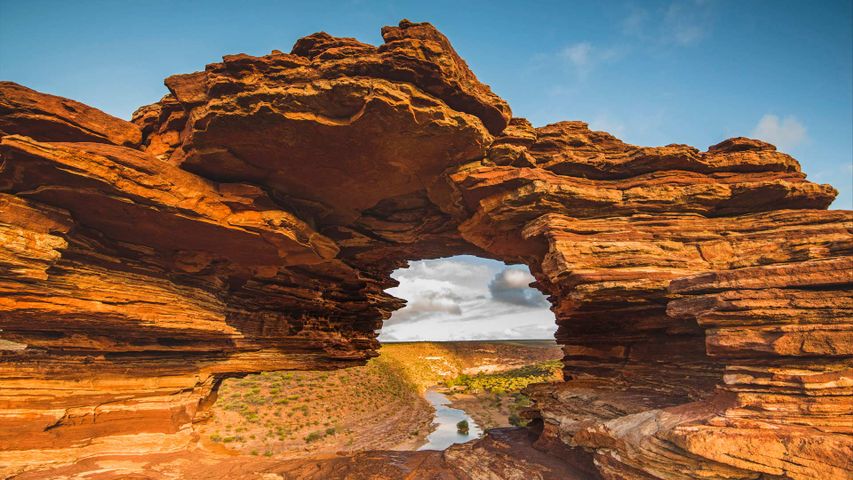


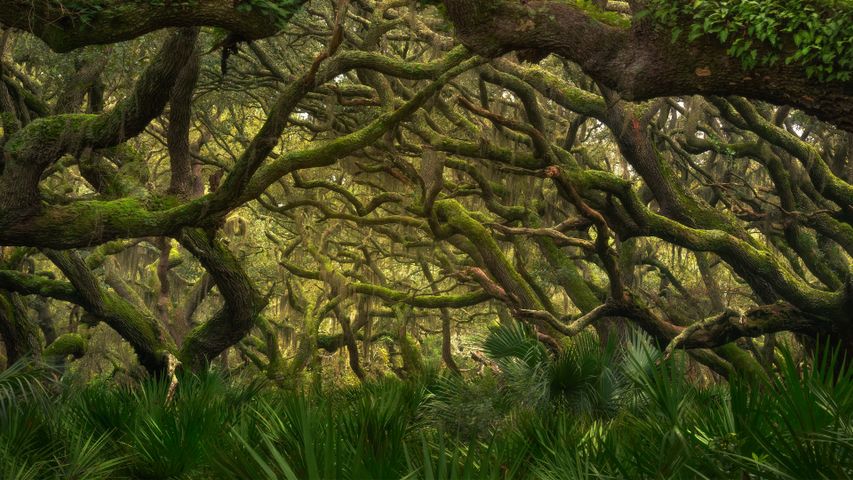 Maritime forest in Cumberland Island National Seashore, Georgia
Maritime forest in Cumberland Island National Seashore, Georgia
 Water lilies at the surface of Cenote Nicte-Ha, Tulum, Mexico
Water lilies at the surface of Cenote Nicte-Ha, Tulum, Mexico
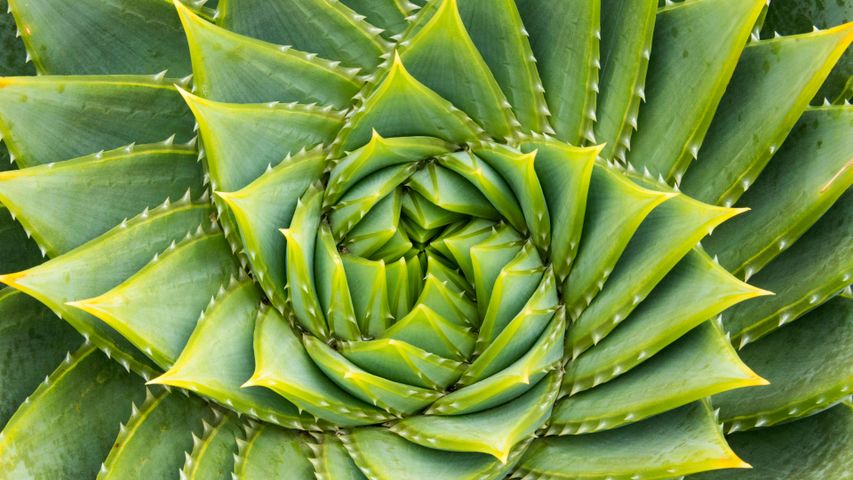 Spiral aloe, Kangaroo Island, Australia
Spiral aloe, Kangaroo Island, Australia
 Madame Sherri Forest and the remnant of an old castle, New Hampshire, USA
Madame Sherri Forest and the remnant of an old castle, New Hampshire, USA
 Tree frog on leaf
Tree frog on leaf
 Birch trees in autumn, Drammen, Norway
Birch trees in autumn, Drammen, Norway
 Fall colours in Shenandoah National Park, Virginia
Fall colours in Shenandoah National Park, Virginia
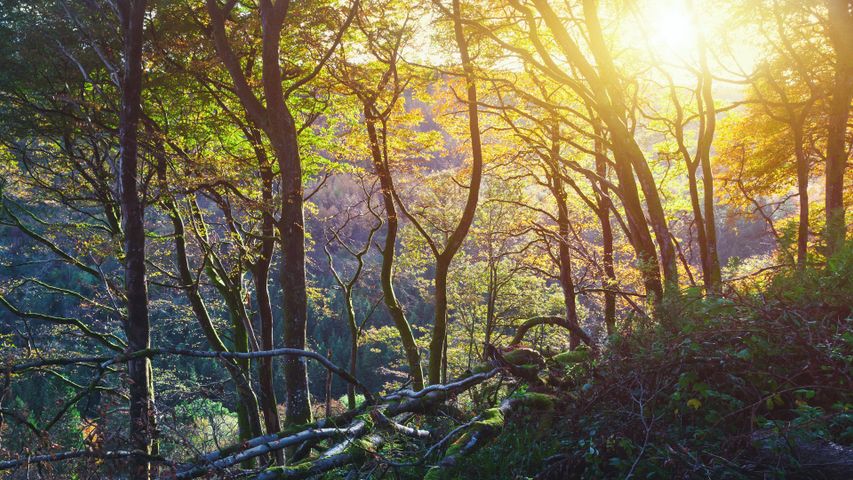 Sunset in Glenariff Forest Park, County Antrim, Ireland
Sunset in Glenariff Forest Park, County Antrim, Ireland
